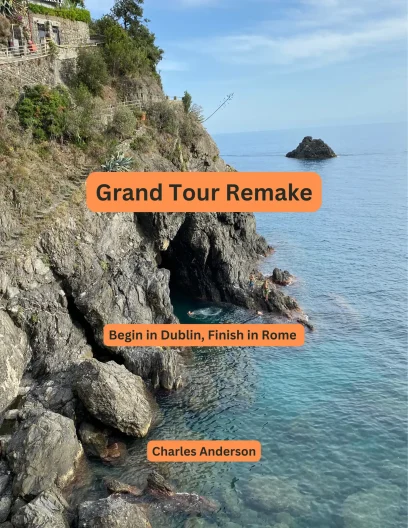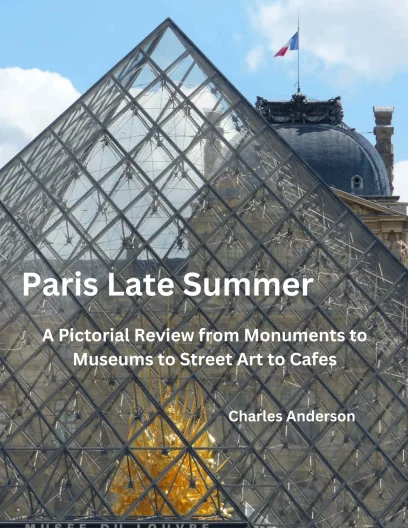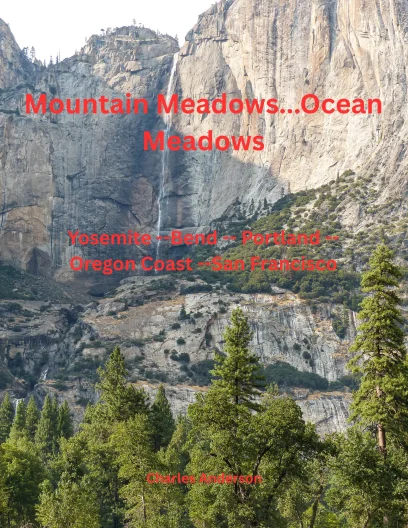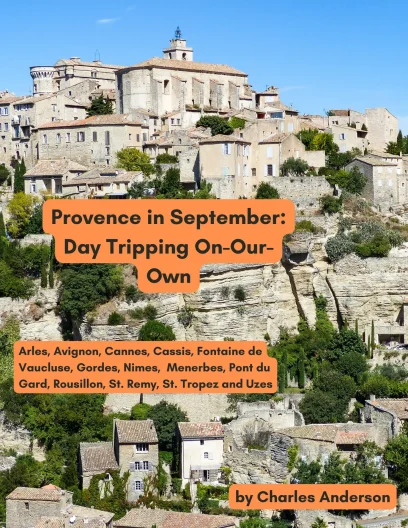For a small village, Saint-Jean-Pied-de-Port (population 1,500) has a lot to offer the half-day tourist. Since medieval times it has been a principal jumping off point for the arduous mountain crossing over the Pyrenees by northern European pilgrims on their quest to walk to Santiago (also San Juan or Saint James) de Compostela, a cathedral city at the far northwest corner of Spain. This cobblestone, old town composed of hostels, inns, chambres pour les pelerins and provisioners has served pilgrims for centuries in their spiritual quest to visit the shrine of the tomb of the apostle Saint James the Great. Today, the pilgrims are joined by hikers, bicyclists and motor-bikers on, “the Way”, the Camino de Santiago. The town is teeming with a mixture of locals, international tourists and hardy souls of all stripes making last minute preparations before embarking on Stage One of the walk to Roncesvalles which then leads on to Pamplona, in Navarre, Spain.
Now it is time to explore Florence in earnest. It is the art capital of Europe and considered the epicenter of the Renaissance. Once a Roman army camp, by the end of the Middle Ages it had become one of Europe’s major cities in terms of wealth and population. It had grown economically as its trading prowess was served by the Arno River and its commerce by the emergence of powerful banking systems. Culturally, politically and militarily it was shaped under the leadership of the Medici Dynasty and flowered under the artistic genius of the likes of Da Vinci, Michelangelo and Botticelli, among others. Today, much of its Renaissance treasures have been preserved despite plague, earthquake and flooding of the Arno.
We decide to stray from the usual tourist destinations and take the Métro to Butte-aux-Cailles an oasis in the 13 Arrondissement. There are transfers at Châtelet and the sprawling Place d’Italie and then a short hop to Covisart. Once out of the station we are greeted by a rolling market that extends for 100 yards or so. It is mostly fresh meats, fish, vegetables and fruit with lots of prepared foods. There are also household goods, table cloths, clothing and an artisan who repairs cane furniture. We make our way up the hill to the intersection of Rue de Cinq Diamants and Rue de la Butte-aux-Cailles where there are a collection of cafés, bars, brasseries and small commercial establishments. This is a clean, cozy, trendy and young neighborhood with cobblestone streets and leafy rooftops, street art and an insular village ambiance. We have a small lunch and coffee at Chez Nenesse before strolling back to the Métro in route to Place Victor Hugo.
Pressing on we enter the northern tip of Coos Bay estuary which penetrates more than five miles inland to the Coos River tributary. The city sits on a triangular peninsula oriented north-south which splits the bay into large bodies to the east and west. Coos Bay is the largest city on the coast and is vibrant economically. The downtown projects an energetic, healthy and low-vacancy storefront image. It is powered by a collection, processing, milling and transiting center for the logging industry. There is an extensive railway and waterway infrastructure for transport of the timber-based commerce. The logging industry has clearly consolidated in Coos Bay.
Passing through Coos Bay we rapidly cover the 20 miles to Bandon. Bandon sits just inside the jettied ocean inlet for the Coquille River. The town of less than 4,000 has a small and compact center. We drive directly to our lodging, Windermere on the Beach, south of town and arrive in a downpour. The lodging is quite spacious and sits behind dunes on a low bluff above the beach. After settling in we drive down to the village for dinner at Alloro Wine Bar and Restaurant. It is a limited seating venue serving Italian inspired dishes. We sat at the bar and were served by the one of the owners who operates the restaurant with his partner and former spouse who is the chef. It obviously works as this meal ranks as one of the best of the trip. After dinner we stroll through downtown where most of the businesses have closed early as the town appears to be a retiree-populated haven. It has its appeal though smaller, less touristy or toney as Cannon Beach.
Arles: Close by is the Théâtre Antique also dating from the Roman period. Built in the late first century BC with a capacity of 10,000, it fell into disuse with the rise of Christianity and was looted for its stone and other artifacts. Restoration commenced at the turn of the 19th century and continues today but much of its works are irrecoverable. The spectator seating (cavea) and main stage (orchestra) are intact but the columns and capitals of the back stage (scaenae frons) are absent except for two piers. Much stone rubble and some dressed stone occupies the grounds. As with the Amphithéâtre, it provides much to wonder and contemplate.




